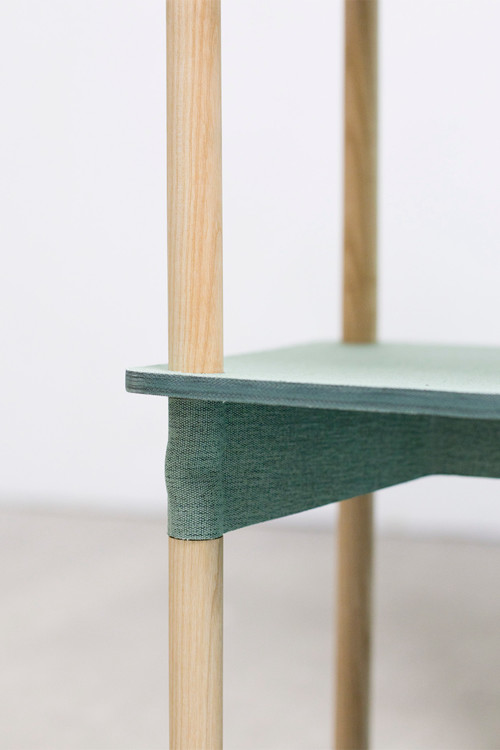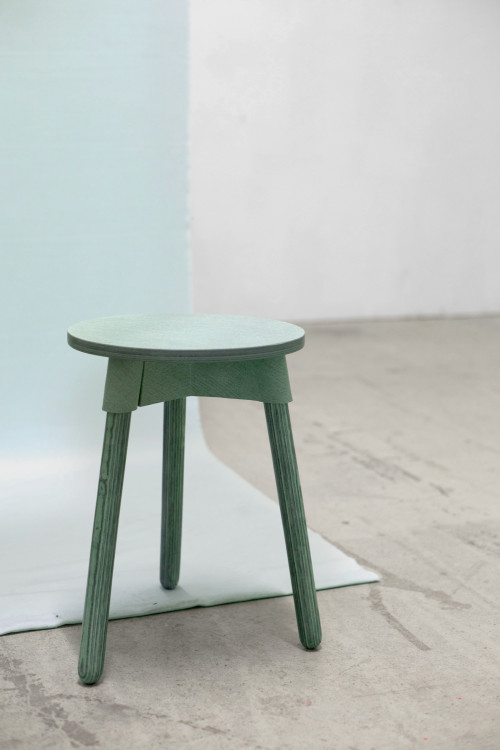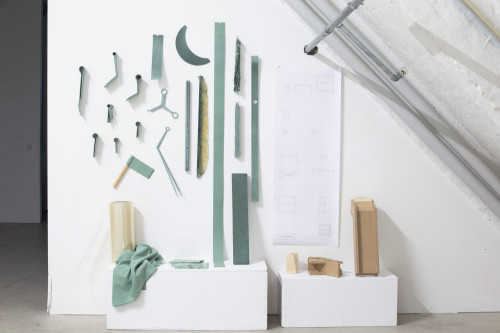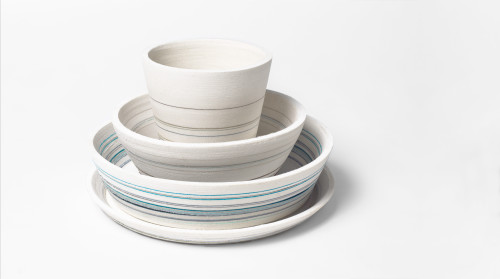
Veio Series
By using traditional woodturning techniques, a series of bowls has been created - not from wood, but from a new material consisting of layers of textile waste and bio-resin.
Since the textile haptic is preserved, the five lightweights are beautiful to touch. Through each of the bowls, the coloured layers of fabric run like veins through a rock, connecting the five individual pieces to a harmonious series.
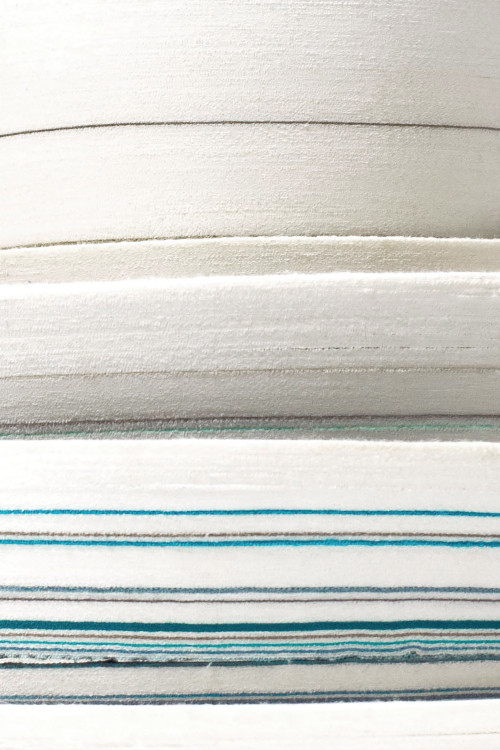
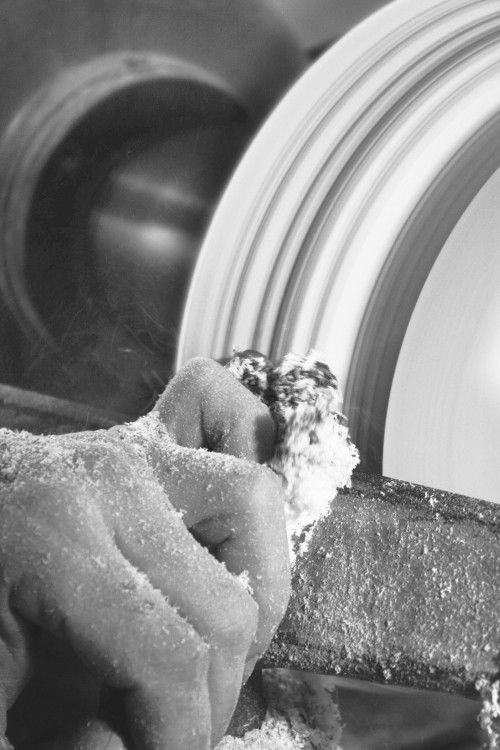
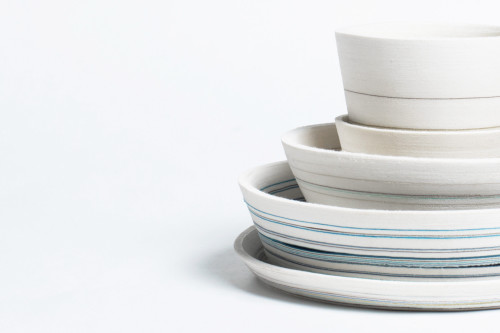

The Cabbage Code
One of the most popular vegetable varieties in Germany has as many different names as there are ways of preparing it and this is exactly where the regional linguistic differences come from. The colouring anthocyanin contained in red cabbage is a pH indicator, it changes colour depending on the surrounding environment.
The Cabbage Code plays with this chameleon-like changeability and explores the fascinating range of colours: from yellow to deep blue, from intense magenta to soft coral.


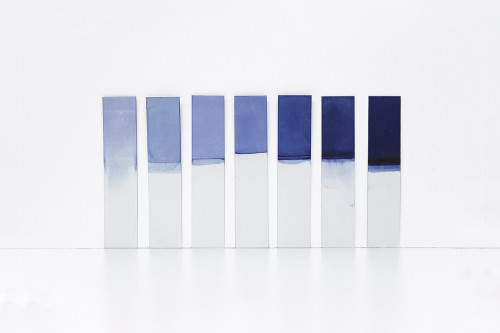
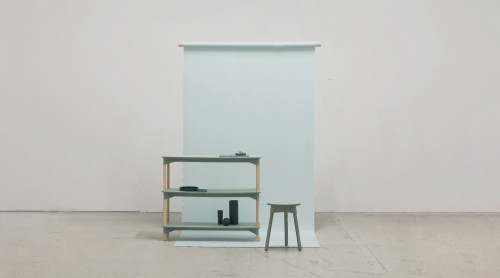
Textile Compound
From a multitude of material experiments with post-consumer textiles and ecological binders, a new type of textile composite material has been developed. Several layers of textile and bioplastics films (thermoplastic PLA from corn starch) are piled on top of each other. By adding heat and pressure the bioplastics layers melt and bond the textile layers with each other. The results are a solid compostable material that can be processed like wood, a few millimetres thick laminate that can be formed into very tight radii and a sheet material into which upholstery areas can be pressed by partial impregnation.
